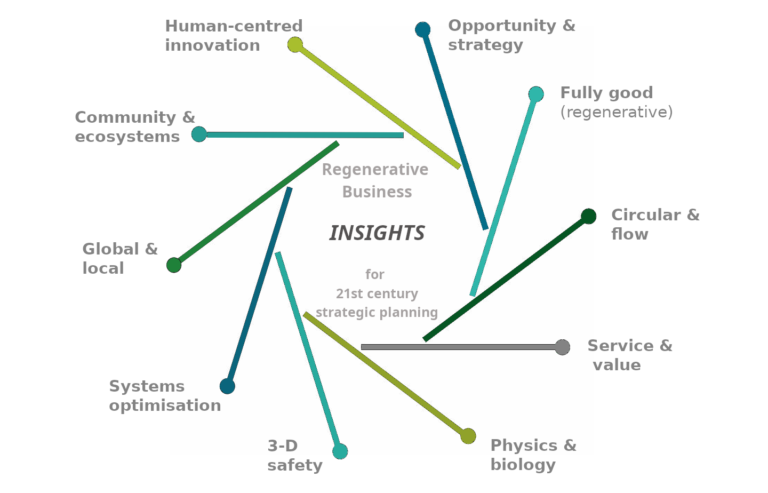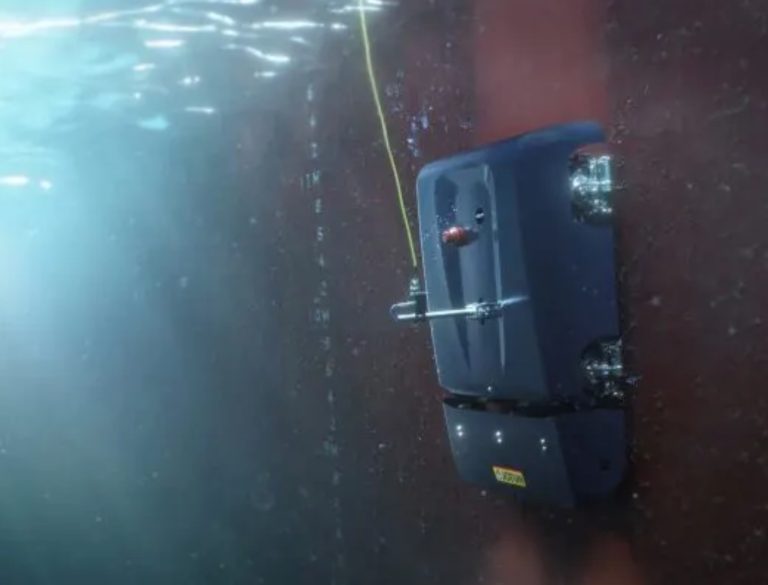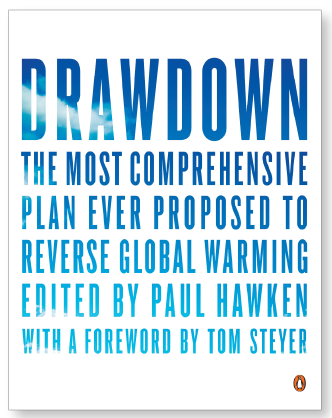Society and community and business opportunity
The 20th century pushed doing good to the business back seat – something that you do AFTER you’ve done business. It seems plausible until you closely inspect the underlying thinking – and then that hypothesis looks nonsensical. Even worse, it can create perceptual blindness to a range of opportunities and innovation.
Why do we think designing in good isn’t good business?
During the late 20th century, the world of business took “extractive capitalism” to a whole new level. In consequence, industrial systems and technologies designed without consideration of their ecosystem and community impacts are doing damage at a truly global scale.
Exploitation is not something new that came with “modern capitalism”. Slavery powered ancient Rome, then later 18th century cotton production and 19th century sugar. Human trafficking and sweatshops continue today. Two thousand years ago, Caesar pillaged shellfish beds by the acre to dye his cloaks royal purple, and centuries later the British destroyed their old growth forests to build their navies.
What’s changed isn’t human nature – it’s the way fast communication, cheap transport and global supply chains have massively multiplied the consequences.
Not only did the technology multiply business impacts – the extractive mindset behind them was rationalised in the mid-20th century by economists like Milton Friedman – and mindsets are powerful systems influencers. In his 1962 book Capitalism and Freedom Friedman wrote that:
“there is one and only one social responsibility of business—to use its resources and engage in activities designed to increase its profits so long as it stays within the rules of the game, which is to say, engages in open and free competition without deception or fraud.”
Friedman, Capitalism and Freedom, 1962
So today, most business systems have developed to operate as though:
- The ecosystems they function within have infinite capacity to supply raw materials and absorb waste
- The social systems they function within have infinite resources to supply low cost workers, infrastructure and customers
- Their operations are independent of what happens outside their four walls
If you don’t design something in, you’ve actually designed it OUT
Designing a business strategy without making sure it’s beneficial to its host ecosystems, community and society is like designing a 3-bedroom house for a family of four – and then trying to fit an extended family of 12 into it. (And then realising you forgot to include the kitchen, the bathroom and the laundry.)
The limits of “good is for government and charity”
Michael Porter’s 2013 TED talk Why business can be good at solving social problems points out a fundamental issue with the idea that “doing good is the job of governments and charity” – resource availability. In the US in 2013, the comparative resources were:
- Government – $3.1 trillion
- For-purpose – $1.2 trillion
- Corporations – $20.1 trillion
So under extractive capitalism, the systems doing harm to communities and ecosystems have 5 times more resources than the systems expected to do good.
Not only is doing good left up to governments and for-purpose organisations – they’re expected to deliver their services as a “post-construction retrofit” to harmful designs – and that’s a seriously expensive proposition.
The hypothesis that governments and charities with limited resources can fix the large-scale harm done by the extractive models of globalised industry is increasingly unrealistic.
There are limitations to Corporate Social Responsibility
Recognition that businesses have a responsibility to their host communities and ecosystems has developed over recent decades and many companies started to develop Corporate Social Responsibility programs – but these have been found wanting in a number of ways.
The primary problem with Corporate Social Responsibility is that – like straight charity – it’s usually an overlay. It’s typically still based on the flawed design principle “first we do business, then we do good”.
As it’s an after-the-process related to “business reputation”, all too often CSR gets delegated to one head office department with little operational experience and even less authority. So engineers, designers, managers and technicians do what they’ve always done, the way they’ve always done it.
So an awful lot of well-intended CSR ends up with all sorts of wicked, unexpected consequences – and often ends up becoming reputation-destroying greenwashing.
Good is becoming a growing business force
The innovators and early adopters who make up around 12% of the population have been working on building better business for decades. Entrepreneurial thinkers from major corporations to local community coops have been quietly taking action towards “doing well BY doing good”.
Bill McDonough, co-author of Cradle to Cradle explains this shift beautifully in this Google talk Design as Optimism – discussing the way positive intent opens up innovation. (An excellent investment of 56 minutes, but you can get the essence in 18 minutes – play it from 9:00 to 27:00)
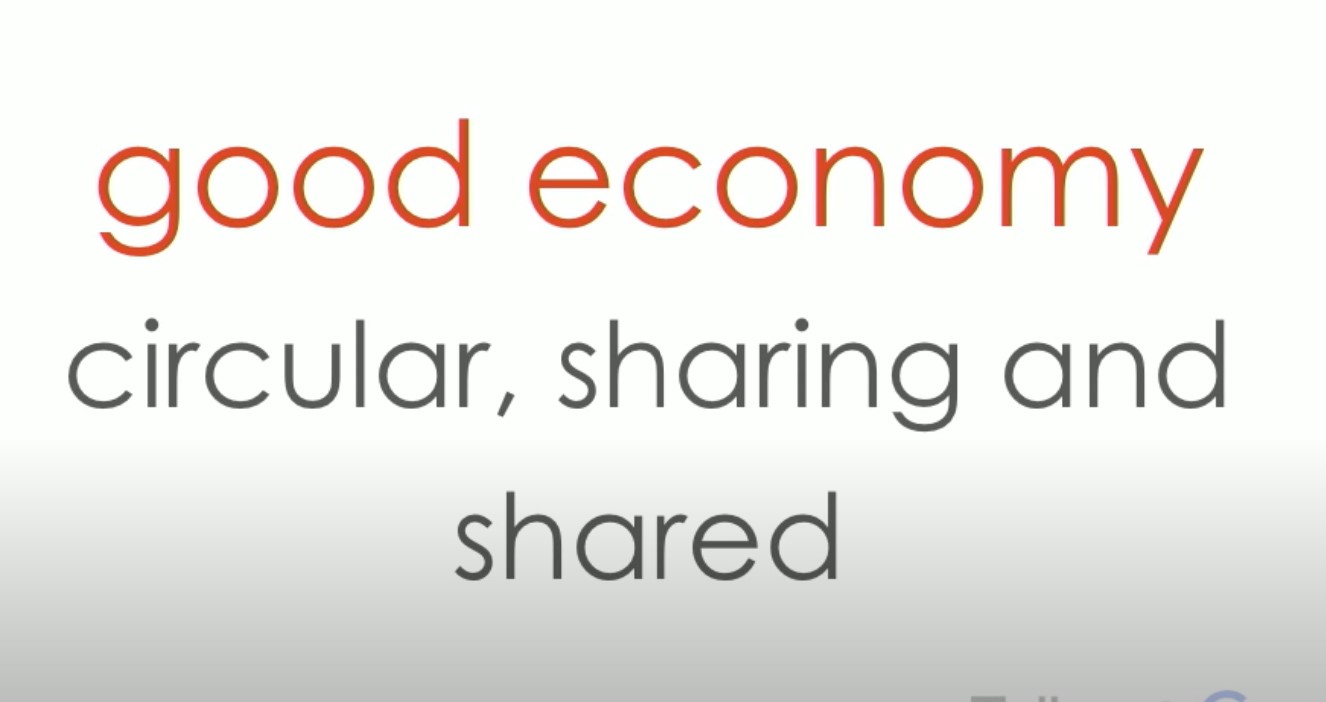
As Harvard economist Michael Porter puts it:
“business creates wealth when it meets needs at a profit”
Given the relative resources of business, government and the for-purpose sector, the “what and why” of business is being re-defined:
“The purpose of business is to create economic value in a way that also creates shared value for society”
Michael Porter
The demand for better business is growing, too…
There’s increasing consumer demand for better supply systems systems
You only need to look at the turn out to Climate Strikes and Extinction Rebellion protests to see that there’s a growing demand for environmental and social solutions.
The Millenials, Gen Zs and Generation Alphas who are out there campaigning for a better future want considerably more from their lives than a stable climate. Once they mature past “government can fix climate” myths, they’re going to want more from business.
Investors want better business
Ethical investment has been a force for decades, and extremely competitive with other investment strategies over the long term.
It’s now moved further into the market with the likes of BlackRock investment, whose CEO said in 2018 (and continues to focus on):
“Companies must benefit all of their stakeholders, including shareholders, employees, customers, and the communities in which they operate.” Larry Finke, BlackRock, 2018
A growing realisation from within business
Today, an increasing number of innovative businesses – small as well as large – are getting strategic around the reality that:
- “We can’t do business without working ecosystems that reliably deliver the food, water, air, weather and material inputs.”
- “We can’t do business without functional communities that can reliably deliver infrastructure, our workforce and our customers”
So the world’s forward-thinking inventors and entrepreneurs have been developing alternatives – alternatives that are now successfully scaling commercially.
The best of those alternatives “begin with the end in mind” – they make a subtle but powerful shift:
FROM “How do we do less harm?” TO “How do we do more good?”
They’re not just thinking about the economic potential of using their environmental impact as a source of business innovation – they’re also exploring strategic approaches to doing social good.
Global carpet manufacturer Interface is one leader in this space. They put US$393,000,000 on their bottom line in the first 12 years of their 1995 “mid course correction” through a combination of socially and environmentally beneficial strategies. Examples include:
- An Interface factory in LaGrange, Georgia combined social and environmental benefits with a project to extract methane gas from its local landfill and use it to power the plant. Not only did this stop greenhouse gas emissions and give Interface cheap local energy, it also a) improved the health of LaGrange citizens who had been breathing the noxious gas and b) it extended the life of the landfill site by 15 years, reducing costs for the city government.
- The Interface Net-Works program pays Pacific Island communities to collect old nylon fishing nets. The project creates local jobs AND a way to recycle fishing nets washed up on their beaches.
The fashion industry is not only exploring how Regenerative Agriculture can sequester carbon as it grows fibres – leading edge player Patagonia worked with Indian cotton farmers and has scaled up to 2,000 farmers growing on 4,000 acres, usually on their ancestral land. They’re exploring how to do more good – not just less harm.
With creative, strategic thinking there are new opportunities to be created from existing structures and tools.
Some entrepreneurs create a Not-For-Profit, pay their people a reasonable salary and get on with doing good. One example is the Australian Insulation Foundation, which uses its profits from regular insulation jobs to fund free installation of social housing insulation.
And our innovators have other solutions ready to apply…
There’s a range of new business structures and supporting technologies
There are an increasing range of structures – from formally Certified B Corporations to Community Cooperatives to Membership Collectives – exploring business for good. Existing big businesses from Ford and Microsoft to Google and General Mills are starting to take a longer term, strategic focus.
There’s also a growing range of alternative tools enabling smarter solutions – from open source software to Creative Commons licensing and freemium collaboration platforms.
Entrepreneurs with good ideas no longer have to win commercial approval from conservative bank managers or skeptical venture capitalists – they can engage directly with their stakeholders through a range of crowd funding platforms. For example, the “citizen entrepreneurs” of Totally Renewable Yackandandah used crowd funding to raise the capital they needed to start their own energy retailer.
Good can be better for business – when you’re smart about it
Good for the environment and good for the community CAN be good for business – when it’s PART of cored business strategy instead of an afterthought left to the compliance staff of HSEQ (Health, Safetey, Environment, Quality)
But what about strategically integrating social good? There are some useful approaches and tools that are a good start on getting strategic about community engagement.
Explore for Shared Value
Harvard economist Michael Porter has been working on the concept of Shared Value since 2011, and in his video Michael Porter on Purpose offers some useful starting points including:
- “business creates wealth when it meets needs at a profit”
- “if we can figure out how to make positive social impact in almost any area AND we do that in a unique and powerful way we can improve our business results – and not only that but also make a tremendous impact on society”
- “the first thing you’ve got to do is figure out what societal issues does my business touch”
- “the key rule of shared value is we don’t just do good – we do good in ways where we can be uniquely good at doing good because of our business and our capabilities – and if we can do that we’re going to be more competitive”
- “the challenge of course is not having a great aspiration. The challenge is turning it into a strategy that actually allows you to do that and a profit which then allows you to actually achieve the vision and the purpose and actually make a difference”
- “To make a purpose powerful you’ve got to translate it into actual behavior in the business itself”
- “There are three levels of value sharing: products/services; value chain; and local business environment”.
Source: Michael Porter on Purpose
(Porter’s work has been picked up by Fortune Magazine, and led to the Fortune Change the World List.)
“The most powerful place to change the system is in the mindset that created it”. Donella Meadows
The “do well BY doing good” mindset change is beginning to come out of the shadows – and it’s looking increasingly powerful. It’s been quietly brewing since The Natural Step approach was formulated in 1989.
So how do you get started?
Start with shifting your thinking – check whether your business strategy is built around “do business THEN do good” or “good is for government and charity” thinking.
Step back for a global perspective – the doughnut of social and environmental opportunity
For a quick visual reference, Kate Raworth’s Doughnut Economics diagram is a great summary in a single picture.
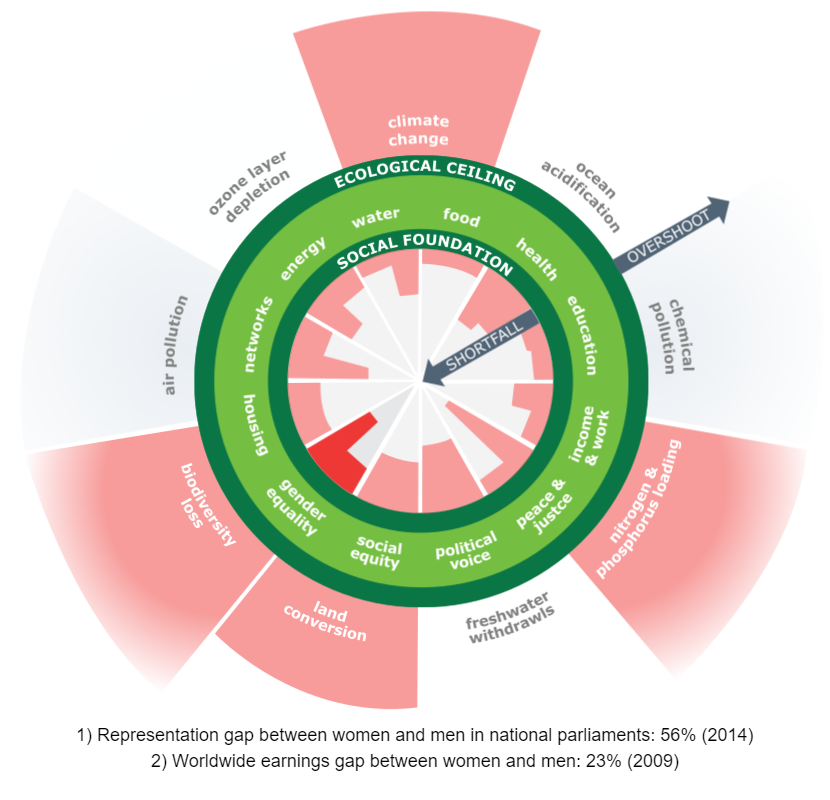
You can explore the 12 social foundations that hold opportunities on her website or join the Doughnut Economics Action Lab for access to resources.
Kate Raworth offered this video introduction When business meets the Doughnut to DEAL members.
Go local for immediate opportunity
Explore for the happening challenges where you operate? What do you know – and what are you assuming that actually “just ain’t so”.
Get curious about unusual behaviour. The Australian Insulation Foundation mentioned above started when founder Stephen King got curious about why he got calls from social housing tenants – but no followps. Until he asked “why is this happening?” he had assumed that social housing would be insulated by its providers.
Survey your whole supply chain
Develop awareness of the issues up and down your supply chain:
- Who are your suppliers and their suppliers? What impacts are they causing? Even small businesses today have a global reach – what’s out there?
- Who are your customers – when you view them as citizens, not just consumers?
- Who else could use your expertise? (And how could you develop an affordable value proposition)
- What connections could you develop with local for-purpose organisations to fully understand local challenges?
- Think critically about your organisation as well as your context – who’s on your team? who’s NOT on your team? Would you benefit from more diverse resources?
Some activities to get you started
- Watch the Michael Porter videos referenced earlier in this article, such as Michael Porter on Purpose
- Watch the When Business Meets the Doughnut to inform your strategic planning. Then join the platform and browse through their tools.
- Even if you don’t want to become a formally certified B Corporation, their B Impact Assessment (BIA) free, online platform will help you evaluate how your company interacts with your workers, customers, community, and environment.
- Read Good Is the New Cool by Afdhel Aziz and Bobby Jones for business actions Upworthy to Lady Gaga.
- Pull out your favourite business strategy tools (for example, Blue Oceans Strategy) and
Some further starting points from The Doughnut
Here’s one starting point from the DEAL website – to answer these questions about your organisation:
It all comes down to design
As described by Marjorie Kelly, a leading theorist in next-generation enterprise design, there are five key design traits that powerfully shape what an organisation can do and be in the world: its purpose, networks, governance, ownership and finance.Purpose. Why does the organisation exist: what purpose is it in service to? Is it focused on maximising financial returns, or on a living purpose bigger than itself? Purpose is essential, but it must be backed up by four other traits of organisational design.
Networks. What are the organisation’s networks? How does it relate to its customers or members, its staff or volunteers, its suppliers, neighbours and allies? Are they aligned with its purpose and values, or are they caught up in a culture that undermines them?
Governance. How is the organisation governed? Who is in the room when decisions get made, and who has voice in those decisions? How is progress towards the purpose measured, and how is that purpose safeguarded when under pressure?
Ownership. Who owns the organisation? Who owns the land it is on, the data it generates, the knowledge that it creates, the assets that it holds? Is is owned by a founding entrepreneur or by a family, by shareholders or by the state, by its own employees or by venture capital? The design of ownership profoundly shapes the last –- and deepest –- design trait.
Finance. How is the organisation financed, and what is that finance demanding? Is it seeking fast and high financial returns, or it is invested in generating social and ecological value, with or without financial return? Is that finance in service to the organisation’s purpose, or in service to itself?
Source: About Doughnut Economics
There’s a new game in town
A broader interpretation of business value has been quietly emerging in response to the challenges of the 21st century.
“The purpose of business is to create economic value in a way that also creates shared value for society”
Michael Porter
Staying with the 20th century’s “First we’ll do business, THEN we’ll think about doing good” could leave you falling off the back of a new wave of business innovation.
.


